Security has become a major concern in this Era where smartphones are more than just communication tools. Phone security is very key since sensitive data, including financial data, private images, and work-related papers, are stored on them. To protect consumers from increasing risks, mobile phone manufacturers are putting even more emphasis on cutting-edge security measures in 2024. These are the top ten smartphone security features you should consider this year.
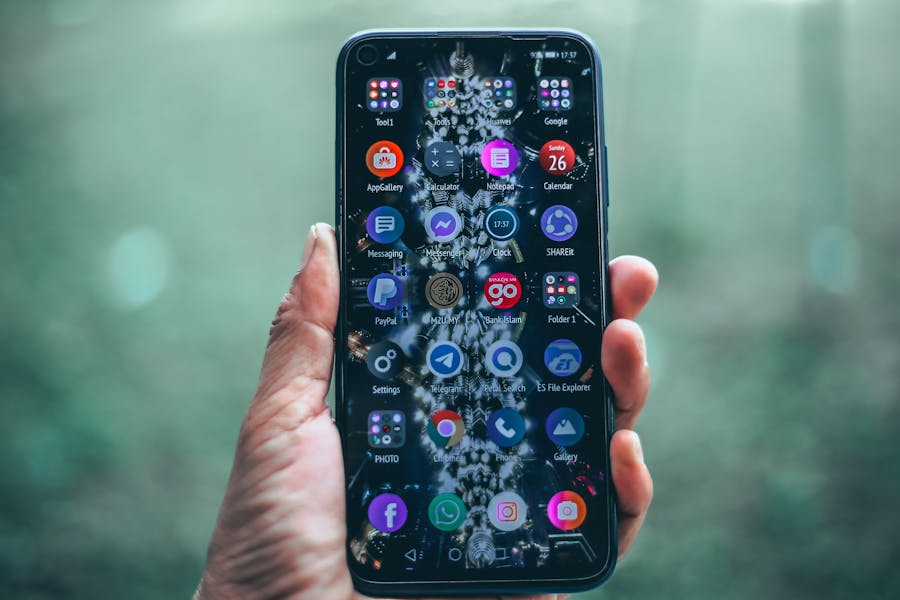
1. Biometric Authentication
Biometric authentication, such as fingerprint scanning, facial recognition, and iris scanning, has become the norm in modern smartphone technology. These approaches give a high level of security to these devices. Biometric technology advances in 2024, making these systems faster, more precise, and tougher to fake. The most recent facial recognition systems, for example, use 3D mapping technology to discern between a real face and a photograph, making them much more secure.
2. Encrypted Storage Phone devices have become essential in keeping sensitive data. Encrypted storage ensures that any data stored on your device is scrambled and only accessible with the correct credentials. There are different encrypts that happen in these devices i.e. full-disk encryption, which is now standard in many high-end smartphones. It helps to safeguard data even if the phone is lost or stolen. Other gadgets even support hardware-level encryption, which is more difficult to overcome than software-based solutions.

3. Secure Enclave
A secure enclave is a separate, segregated component of a smartphone’s processor that handles sensitive data and cryptographic activities. This safe environment means that even if the main operating system is compromised, your most important information is still protected. Apple’s Secure Enclave and comparable technologies in Android devices provide hardware-level security, protecting biometric data, encryption keys, and passwords from malicious software.
4. Two Factor Authentication (2FA)
Two-factor authentication (2FA) increases security by requiring a second form of verification in addition to a password. This might include a one-time code given to your smartphone, a biometric scan, or a hardware token. In 2024, many smartphones will incorporate 2FA right into the operating system, making it easier to safeguard your accounts and assuring that even if your password is compromised, your data is safe.
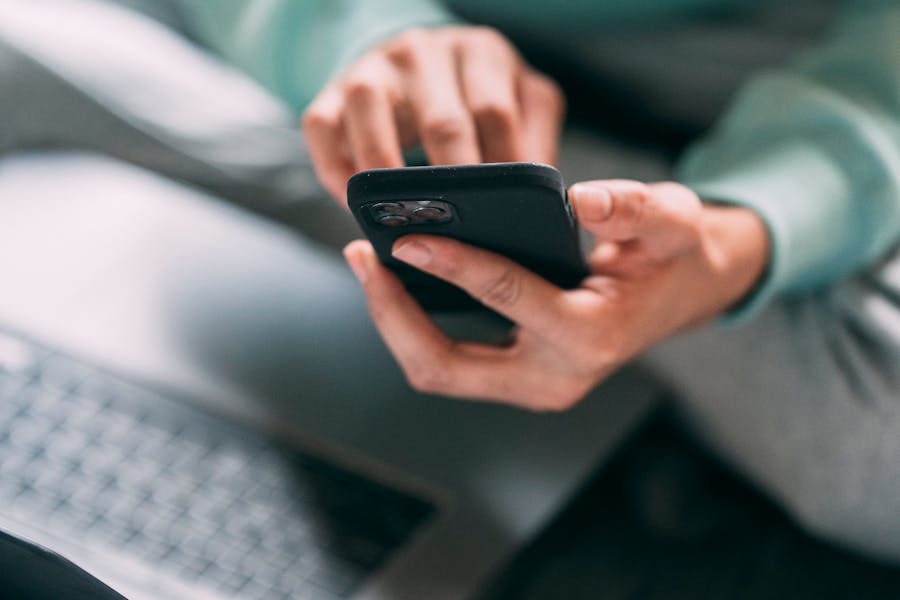
5. App Permission Management
Apps have access to many components of your phone’s hardware and data, therefore maintaining these permissions is very important. Modern smartphones include precise app permissions settings, allowing users to specify what each app can access. Latest OS systems currently send real-time notifications when programs request sensitive permissions, providing users greater control over their privacy. Some devices provide time-based or temporary permissions, which improves the security of your data.
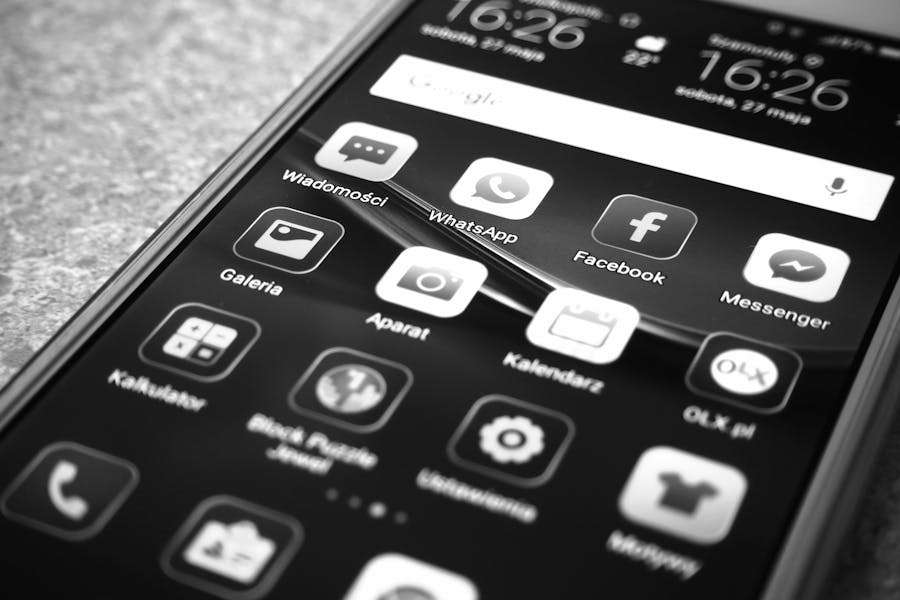
6. Regular Security Updates.
Regular updates on the security of a smartphone device is very key. These updates frequently include patches for newly found vulnerabilities, which help defend your device from the most recent threats. In 2024, leading smartphone makers will focus on providing timely security upgrades, with some giving guaranteed updates for several years. When selecting a smartphone, examine the manufacturer’s track record of providing consistent and timely security upgrades.
7. Advanced Malware Protection.
As cyber dangers evolve, so do the tools for combating them. Many smartphones now include powerful malware protection, which actively looks for harmful software and prevents it from running. These systems use machine learning and artificial intelligence to detect and mitigate risks in real-time. This is especially crucial as more people use their phones for sensitive activities such as online banking and professional responsibilities.
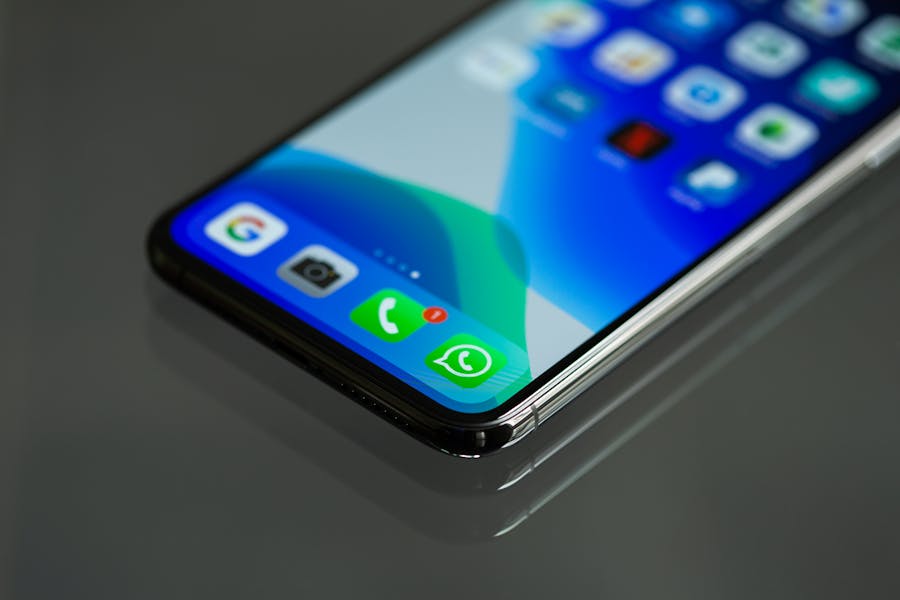
8. Secure and Verified Boot.
Secure boot and verified boot are features that ensure that your smartphone only installs software approved by the manufacturer. When your phone starts up, secure boot verifies the operating system’s integrity and prevents harmful programs from launching. The verified boot goes a step further by continuously validating the operating system’s integrity as the device operates. This tiered security approach prevents rootkits and bootkits from gaining control of your device.
9. Self-destructive features
If your phone gets into the wrong hands, certain current smartphones have self-destruct functions that can destroy data remotely or after a set number of failed login attempts. These features can be lifesavers if your smartphone is misplaced or stolen, preventing your personal information from falling into the wrong hands. Some systems allow users to create geo-fencing restrictions, which cause the phone to automatically delete data if it leaves a specific area.
10. Private Browsing and VPN Integration.Given how much time we spend online with our smartphones, having a secure browsing experience is critical. Many smartphones now include enhanced private browsing settings that do not track your activities or save your history. Furthermore, VPN (Virtual Private Network) integration is becoming more prevalent, allowing users to encrypt their internet traffic and hide their online activities from prying eyes. This is especially critical while accessing public Wi-Fi networks, which are frequently targeted by hackers.
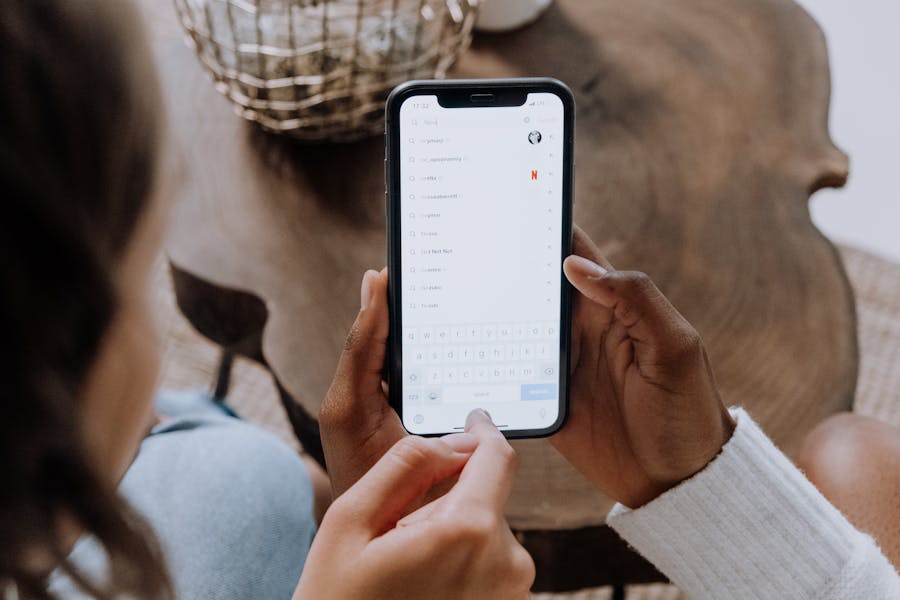
Conclusion
The mobile phone landscape in 2024 is more security-conscious than ever. As cell phones become sophisticated mini-computers, protecting their security is critical. The features listed above reflect the cutting edge of mobile phone security, providing consumers with many layers of protection against a variety of threats. When choosing your next smartphone, consider these security features to help protect your personal and professional data, providing peace of mind in an increasingly digital environment.

True , thank you for helping i now know what to consinder when buying the phone
keep following to be more enlightened